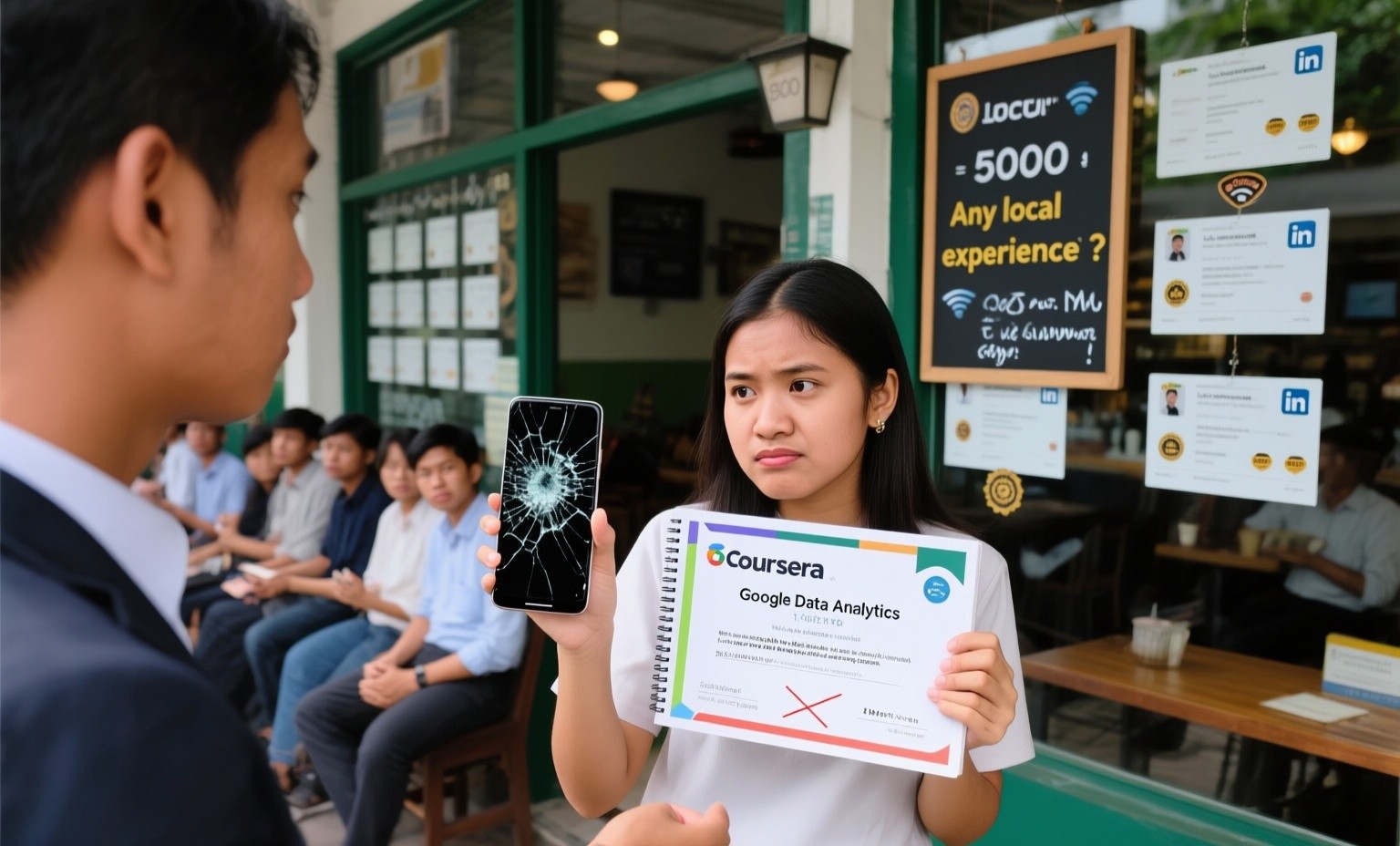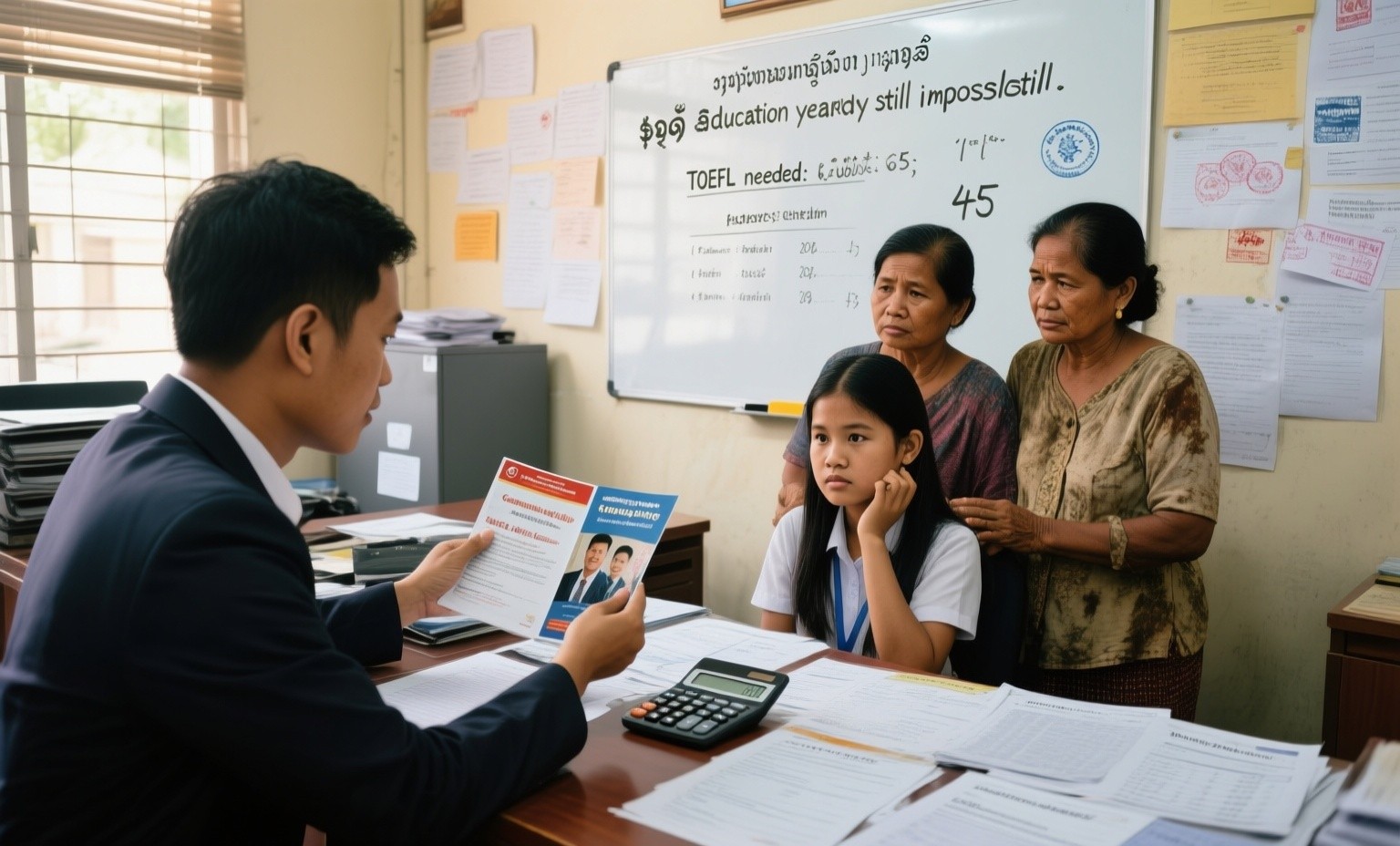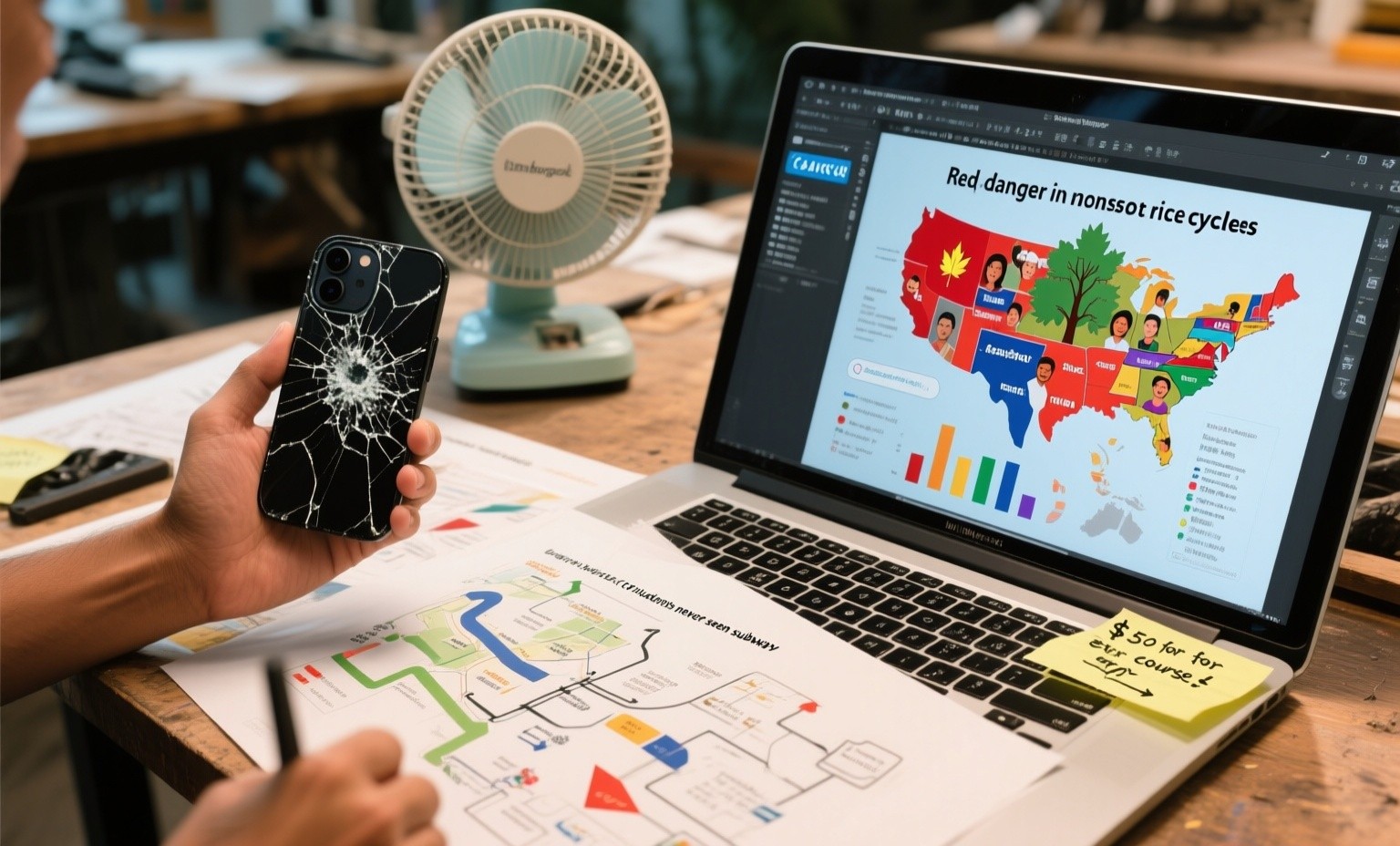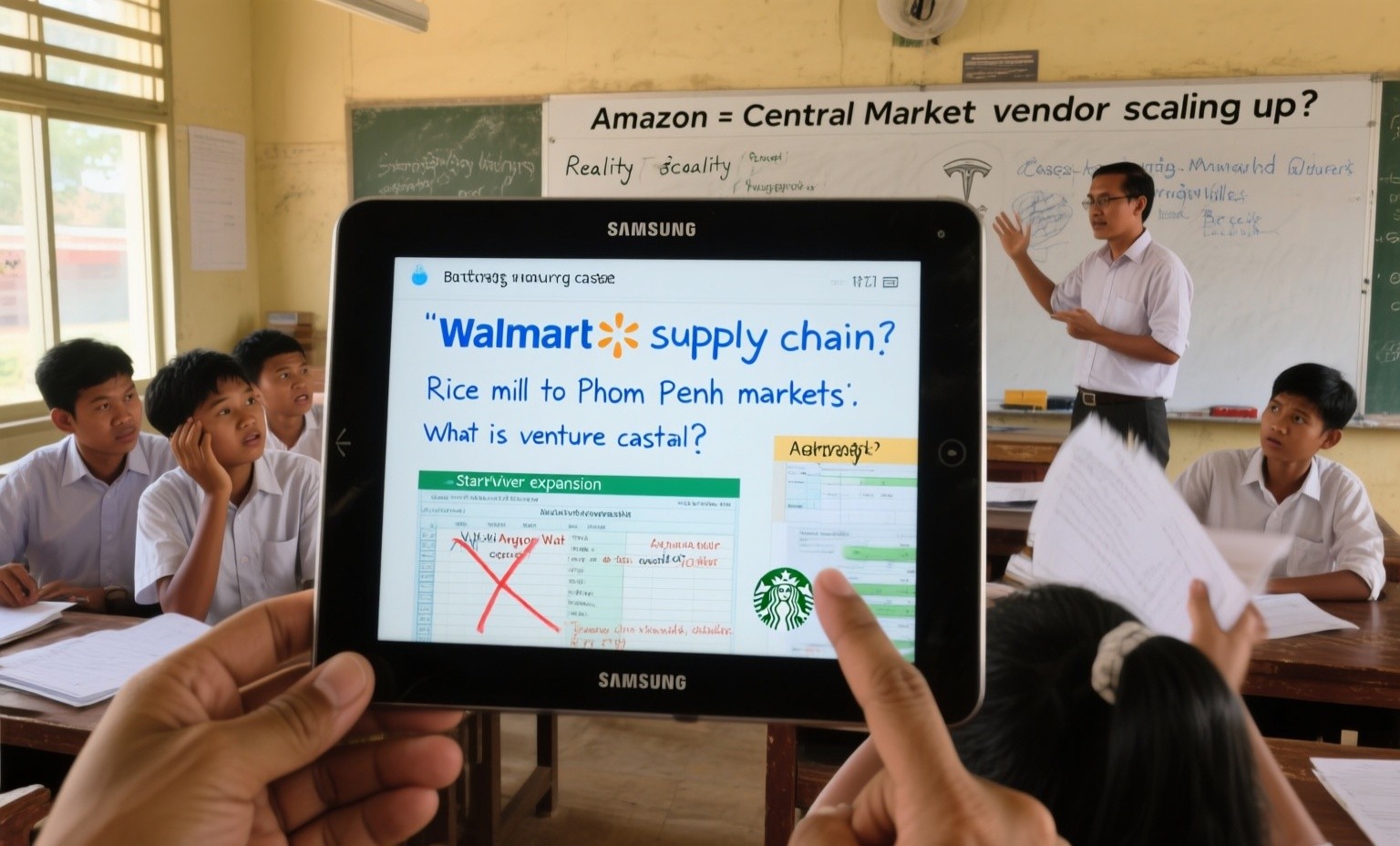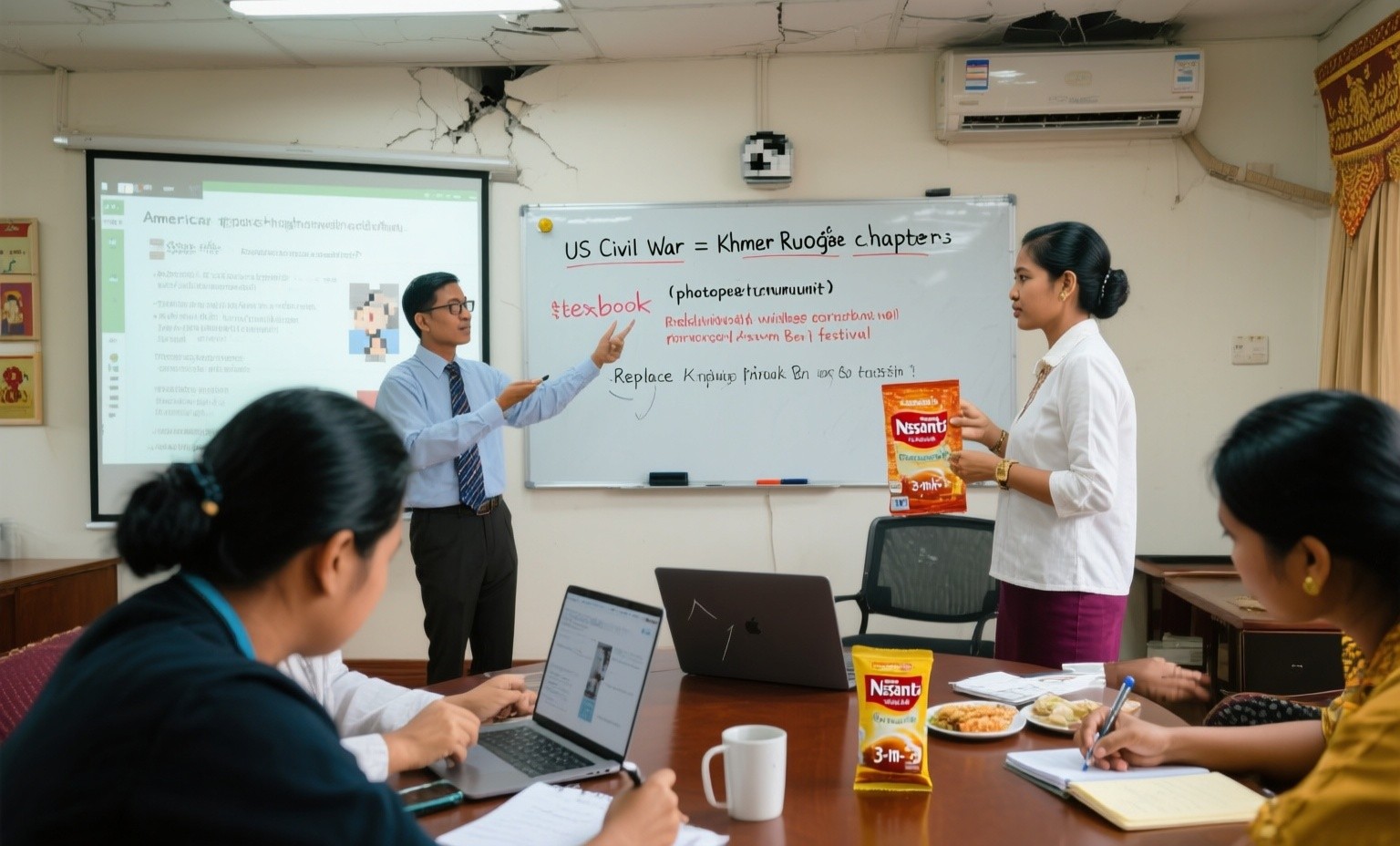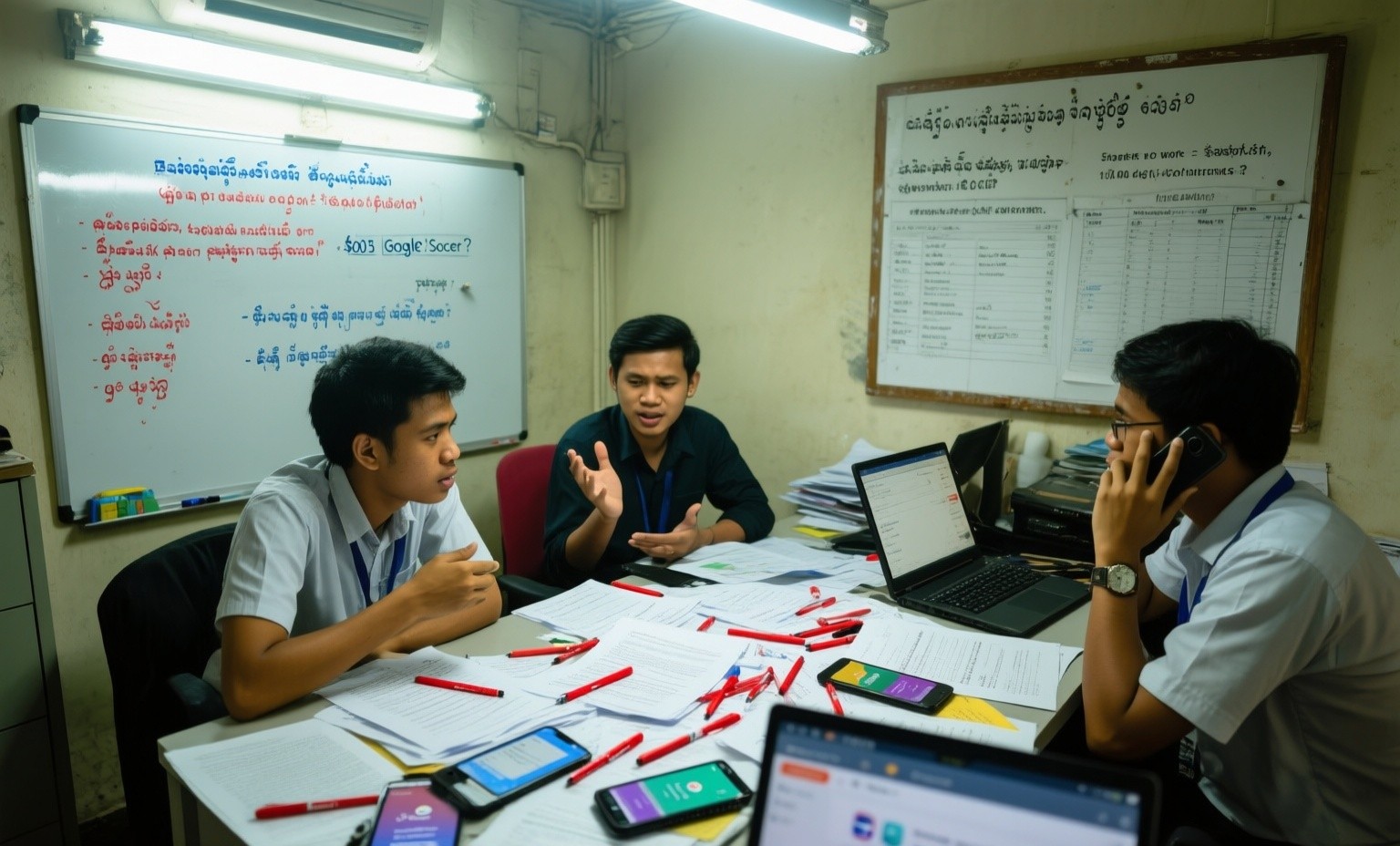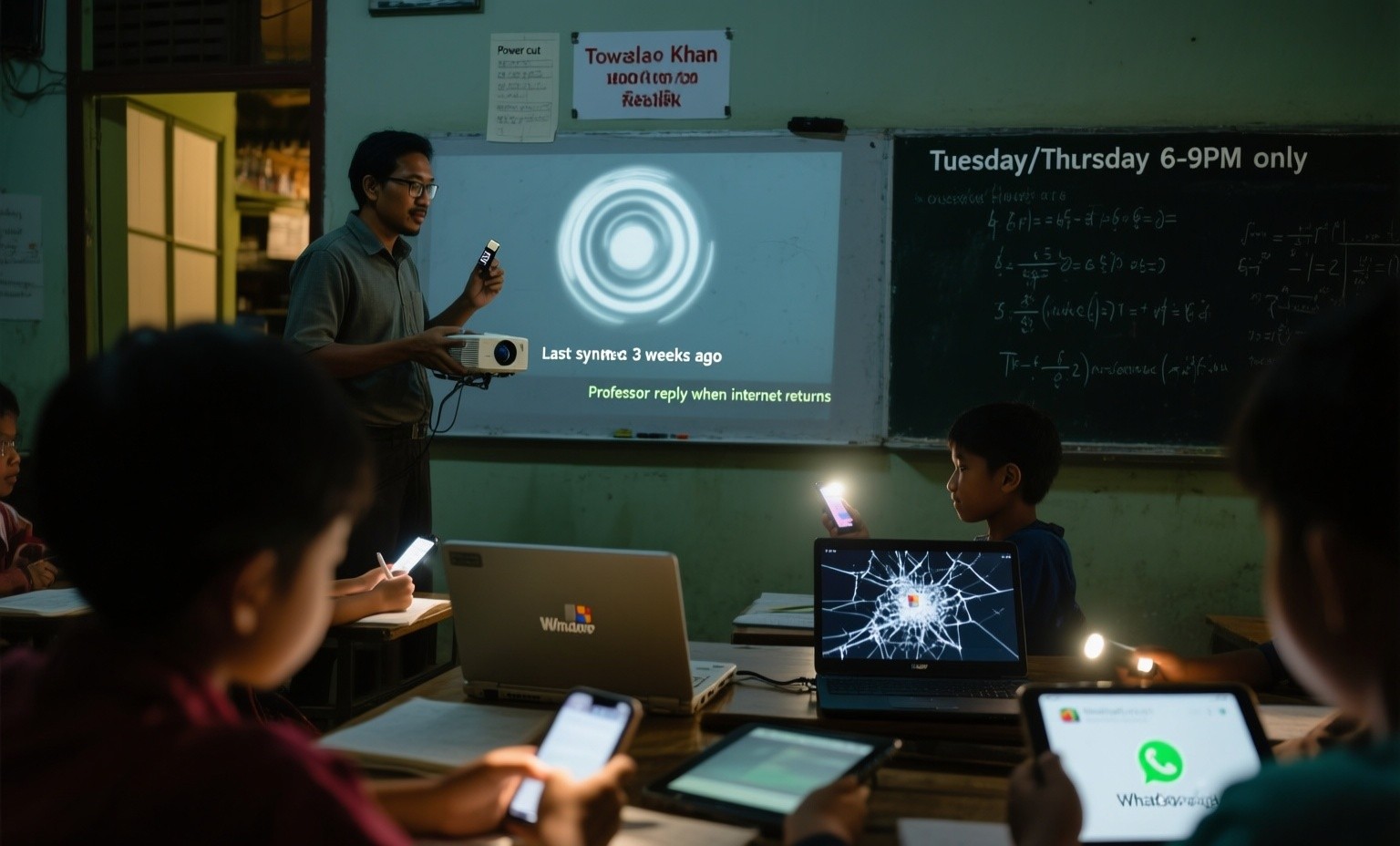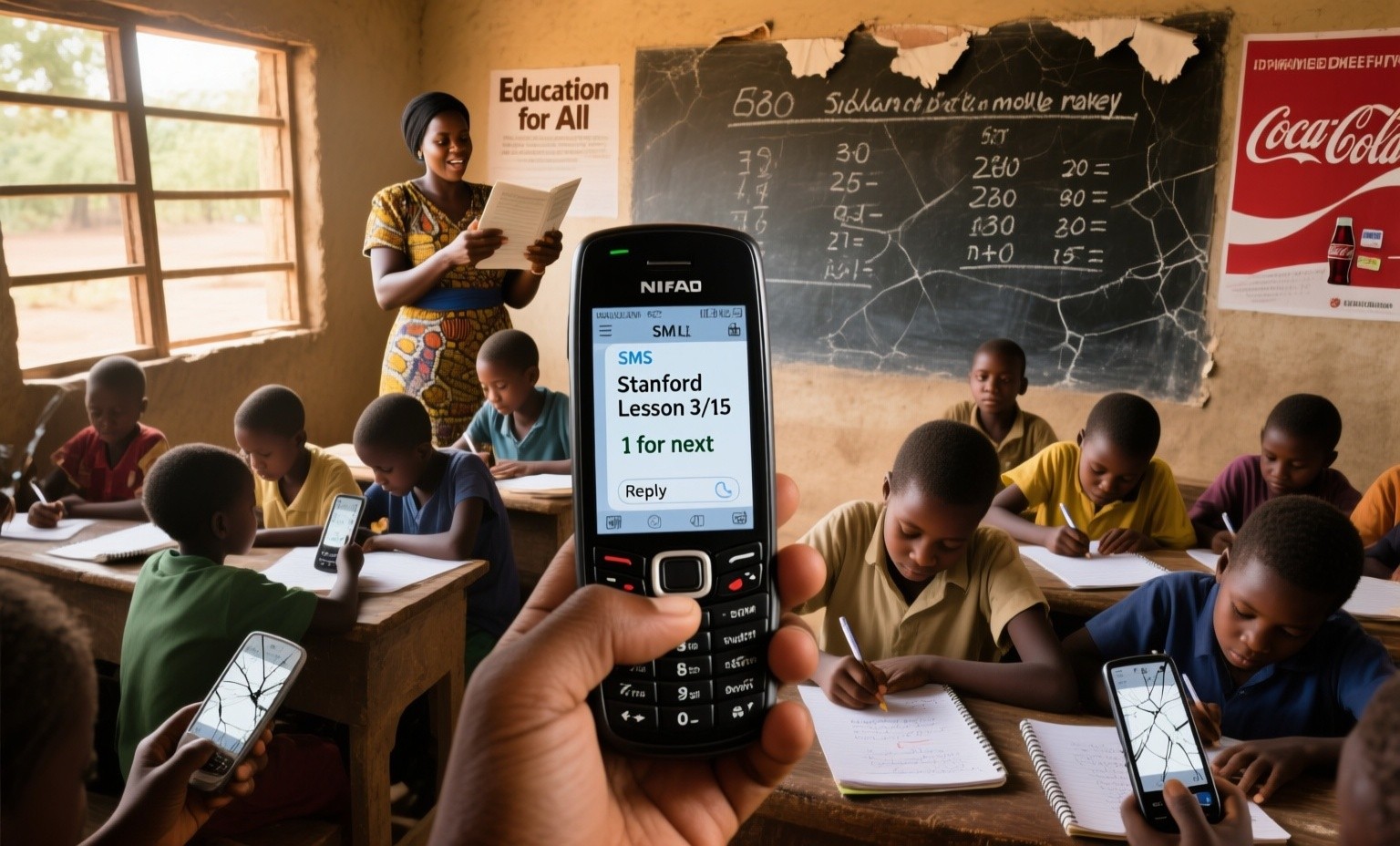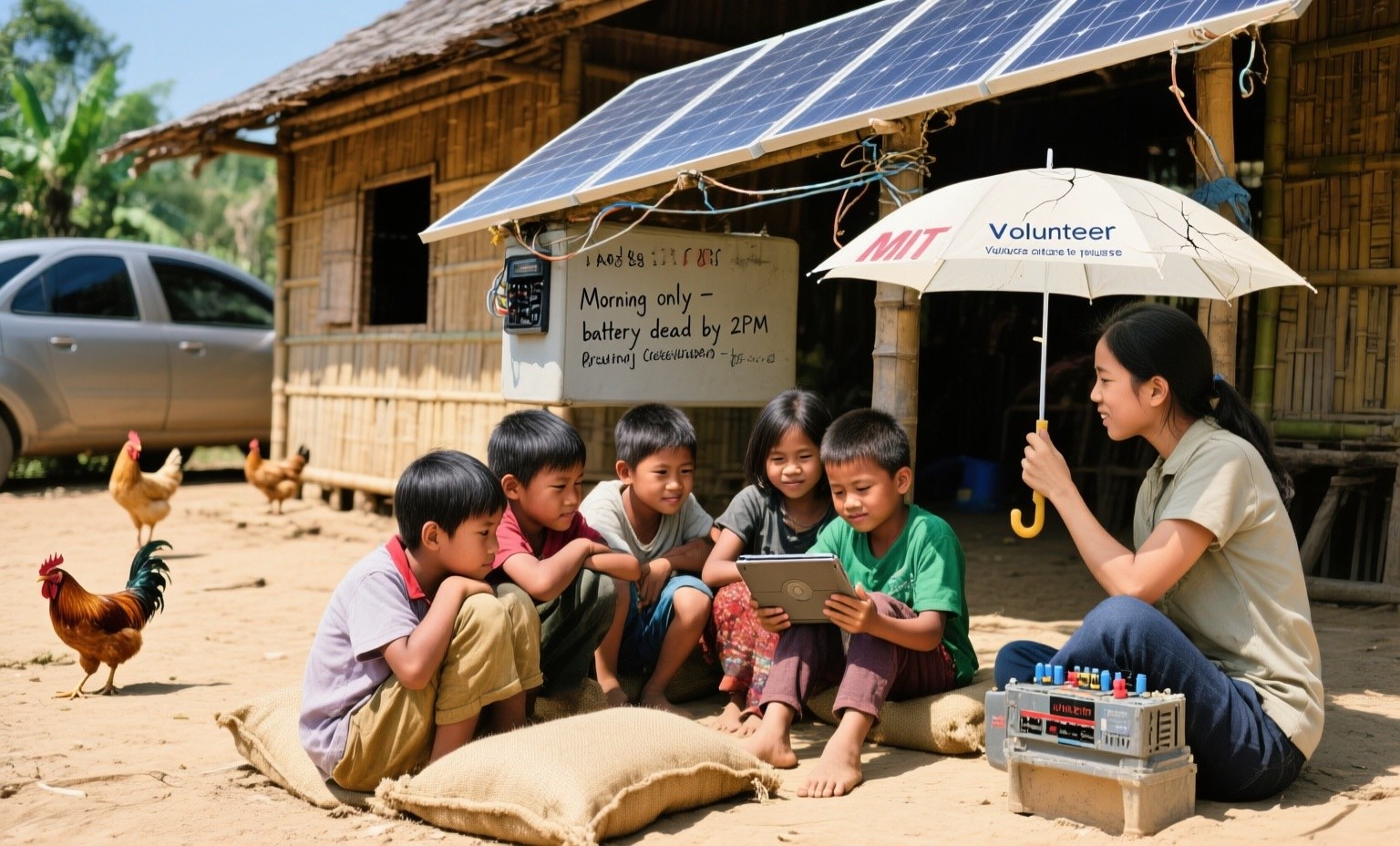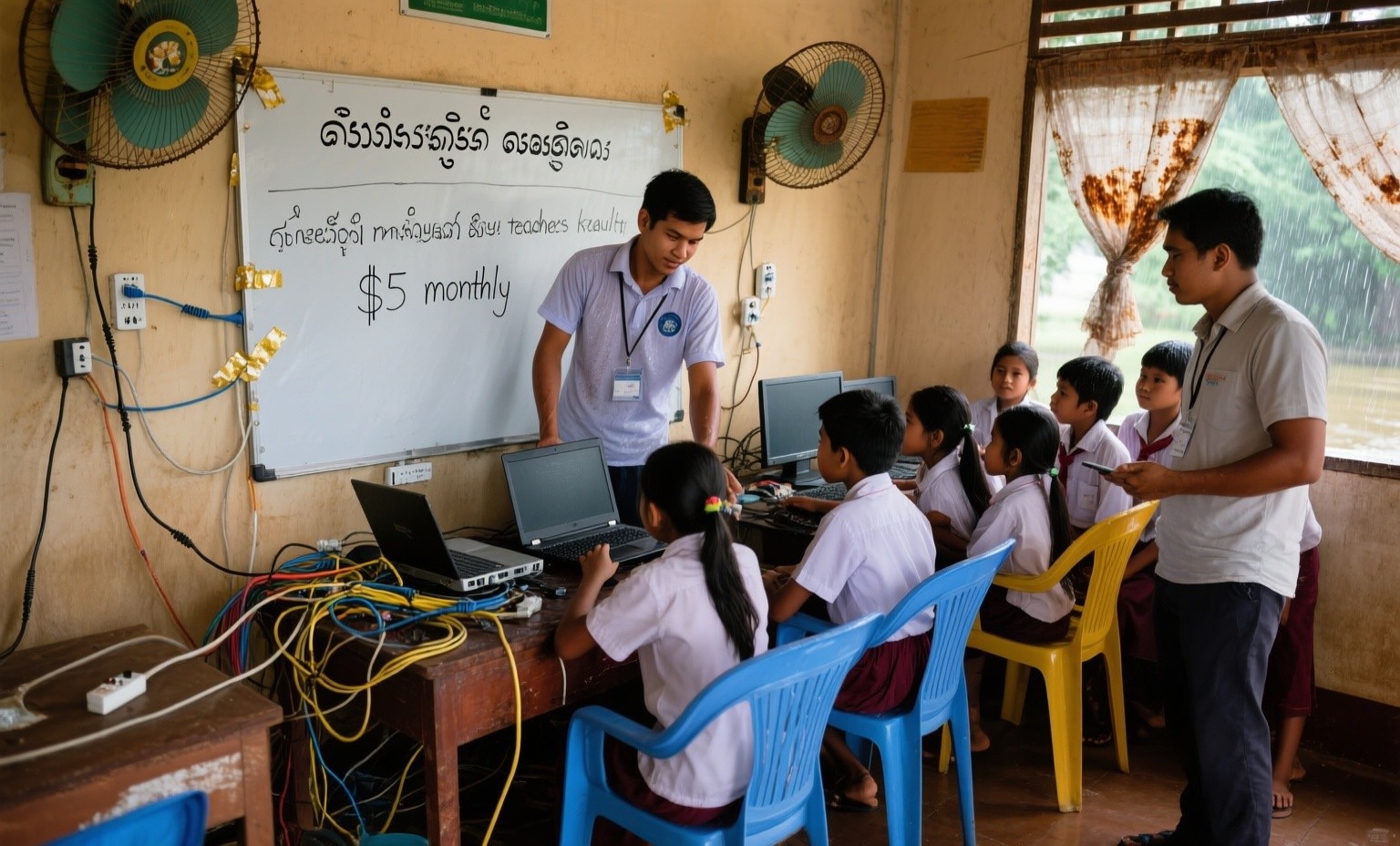Micro-credentials that travel: How bite-sized US certifications create economic opportunities in developing Southeast Asian nations
Traditional degree credentials continue dominating employment landscapes across Southeast Asian territories, yet a parallel certification ecosystem is materializing that challenges conventional educational hierarchies. American micro-credentials—concentrated competency validations obtainable in weeks or months rather than years—are establishing themselves as pragmatic economic accelerators for Southeast Asian professionals navigating capability gaps, vocation transitions, and earnings advancement possibilities. These … Read more
